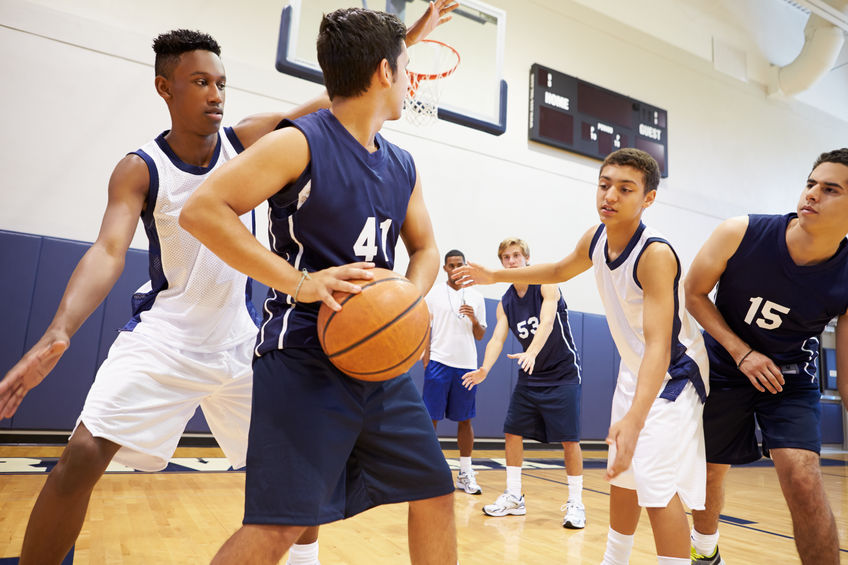Note that your final mark will not be saved in the system.
3.1.2.5 Memory models (general information processing model) Typeit
Type the correct answers into the spaces. Fill all the spaces before clicking ‘Check Answers!’

A vast array of information is detected by our senses, but only a small proportion of this is processed, let alone stored. The memory allows information to be stored and recalled at a later date. This enables us to process previous stimuli with greater efficiency. The information processing model, which attempts to explain how we do this, will be explored below.
Information processing model
Consists of four stages:
1. – This stage involves receiving information from external (sight and auditory) and internal (balance, touch, kinesthesis). This information is then coded by ; for example, in the muscles and joints help(s) to provide information relating to movement.
occurs in this stage to ensure that only the relevant stimuli are attended to, while filtering out irrelevant stimuli. The body also uses to understand and interpret the information gained from the above senses and receptors. This involves the DCR process, whereby information is first , then compared to previous experiences, before initiating the chosen . The decision-making process that goes into this forms the next stage.
2. Decision-making – The relationship between short- and long-term that informs the decision-making process can be explained by Baddeley and Hitch’s model of working memory. The main component of the model is the as it prioritises what the working memory will attend to. Information can also be stored here, although it does have a limited capacity. It supervises the actions of three components:
- The phonological – This is separated into two systems – the phonological store (inner ear) and the articulatory control system (inner voice). The phonological store stores information received verbally for up to two seconds. The articulatory control process rehearses the information that is stored in the phonological store via inner voice repetition.
- The visuospatial – This stores visual information which, in turn, affects spatial awareness as it allows us to understand the position of the body in relation to the environment. This component retrieves information that is stored in the long-term memory, enabling the withdrawal of a familiar previous image.
- The was a later addition to the model. This component acts by coordinating visual, auditory and movement information from the working memory into 'episodes' or sequences for the long-term memory.
3. – Once the decision has been made, physical movement occurs. The success of this movement is dependent on how appropriate the information retrieved from memory is. Effector mechanisms (nerves) cause movement by sending impulses to the relevant muscles to produce movement (muscle contraction).
4. – The final stage allows for future learning as the level of success is evaluated. This means that any weakness in technique can be identified and improved upon, with any strength in technique being retained and used again in future.